Living in a small space doesn’t mean sacrificing greenery. With the right selection of compact plants, even the tiniest apartment can feel vibrant and lush. Whether you’re looking for air-purifying benefits, a pop of color, or just a low-maintenance companion, here are 15 perfect choices.
Contents
- 1 1. Pilea Peperomioides (Chinese Money Plant)
- 2 2. Fittonia (Nerve Plant)
- 3 3. Peperomia
- 4 4. ZZ Plant (Zamioculcas zamiifolia)
- 5 5. Calathea (Prayer Plant)
- 6 6. Maranta (Red Prayer Plant)
- 7 7. Snake Plant ‘Sansevieria Hahnii’
- 8 8. Spider Plant (Chlorophytum comosum)
- 9 9. Ponytail Palm (Beaucarnea recurvata)
- 10 10. Bird’s Nest Fern (Asplenium nidus)
- 11 11. Hoya
- 12 12. Aglaonema (Chinese Evergreen)
- 13 13. Gasteria
- 14 14. Kalanchoe
- 15 15. Air Plants (Tillandsia)
- 16 Final Thoughts
1. Pilea Peperomioides (Chinese Money Plant)
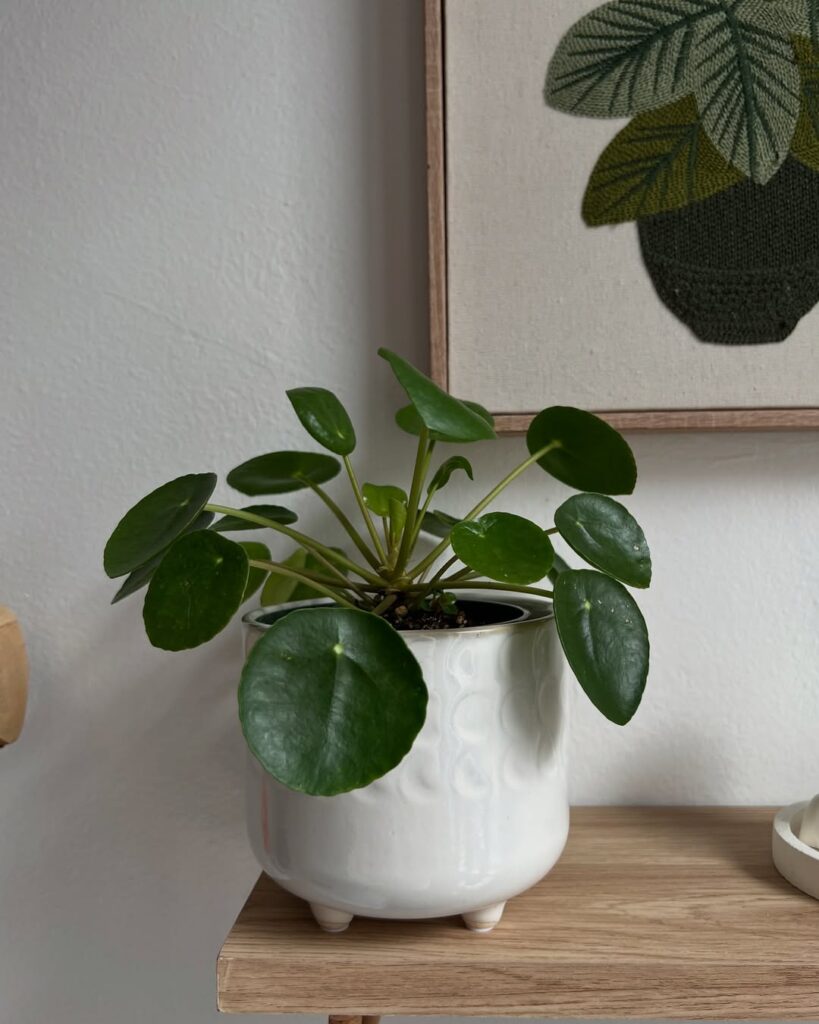
A favorite among indoor gardeners, the Pilea Peperomioides features round, coin-shaped leaves on slender stems, giving it a modern, playful look. It thrives in bright, indirect light and needs minimal watering.
2. Fittonia (Nerve Plant)
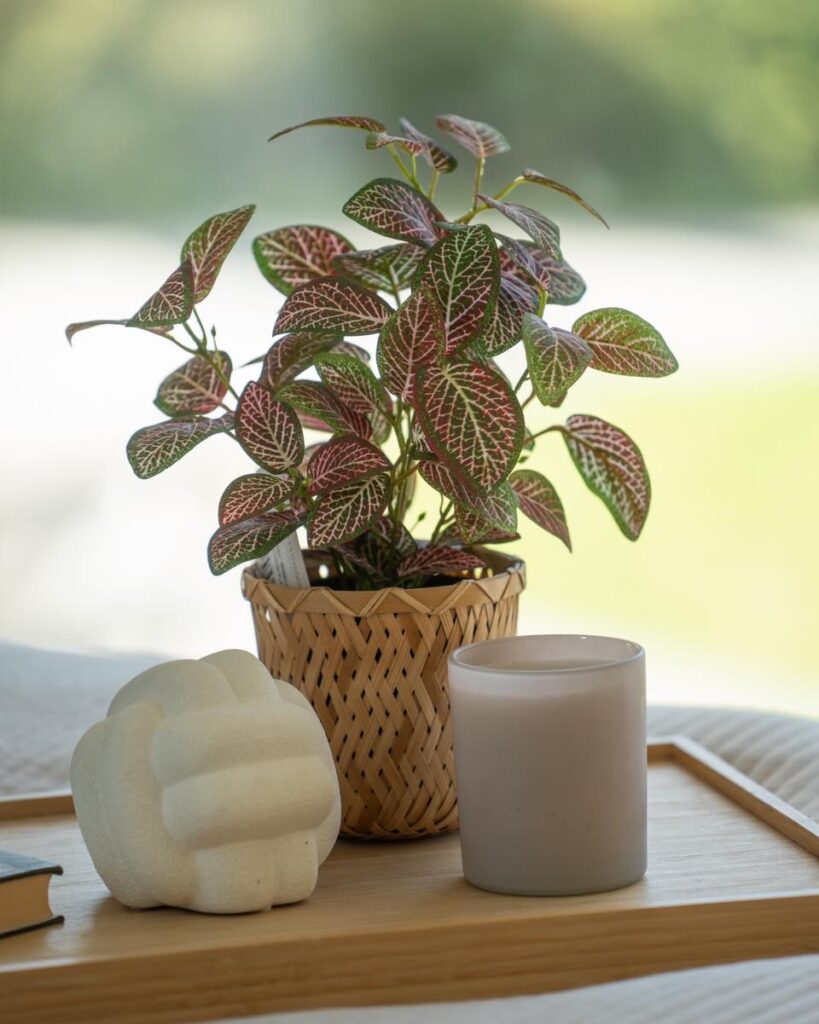
Known for its stunning veined leaves in shades of pink, red, and white, Fittonia adds a splash of color to any corner. It enjoys moderate humidity and indirect light, making it an excellent choice for bathrooms or kitchens.
3. Peperomia
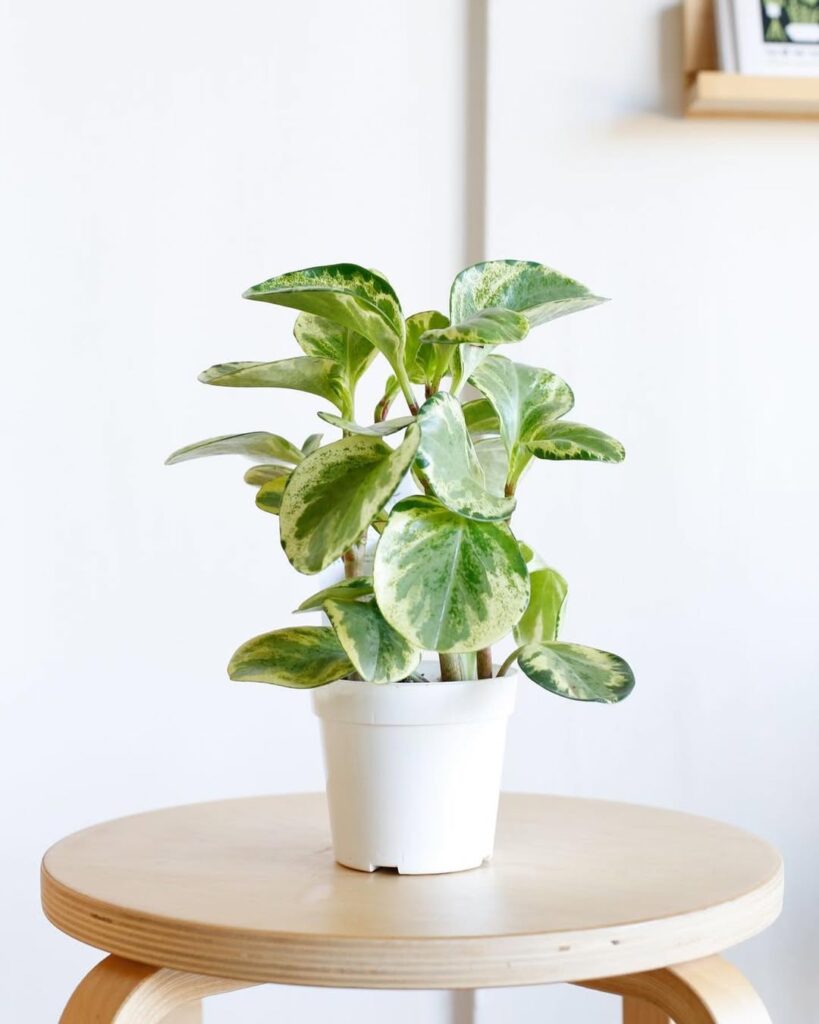
Peperomia varieties, such as Peperomia obtusifolia and Peperomia caperata, are compact, slow-growing, and incredibly resilient. Their thick, textured leaves store water, reducing the need for frequent care.
4. ZZ Plant (Zamioculcas zamiifolia)
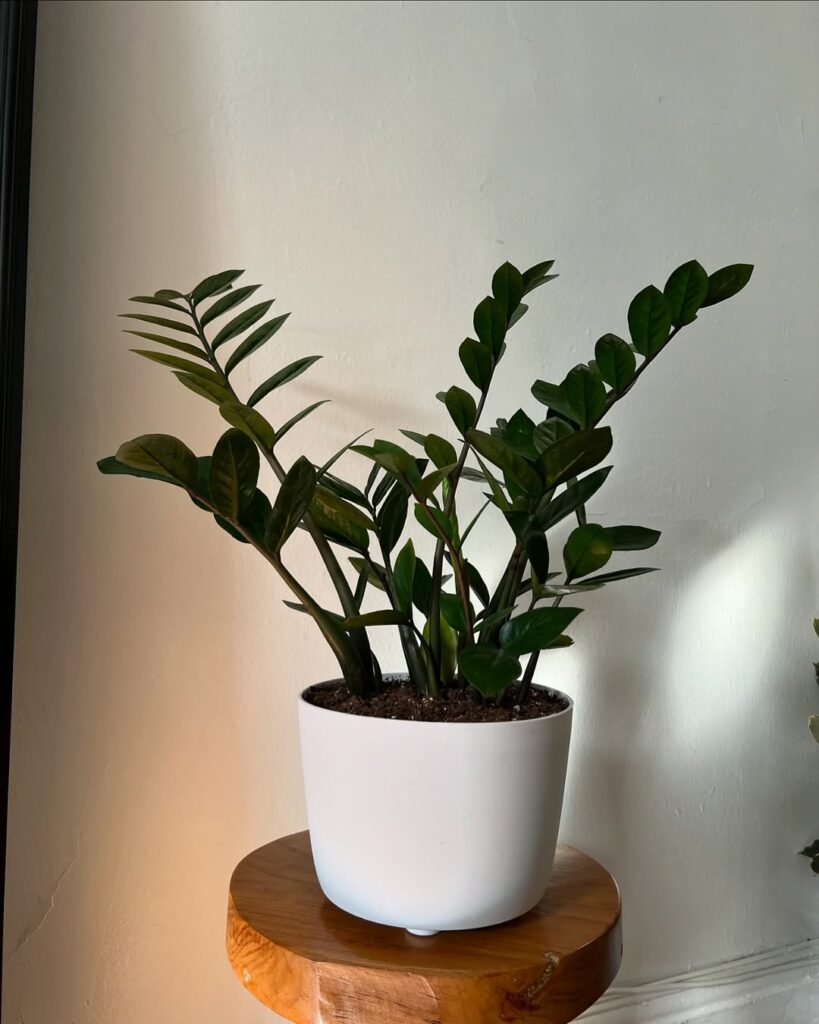
ZZ plants are nearly indestructible and perfect for beginners. They tolerate low light, require infrequent watering, and bring a striking architectural element to any small space.
5. Calathea (Prayer Plant)
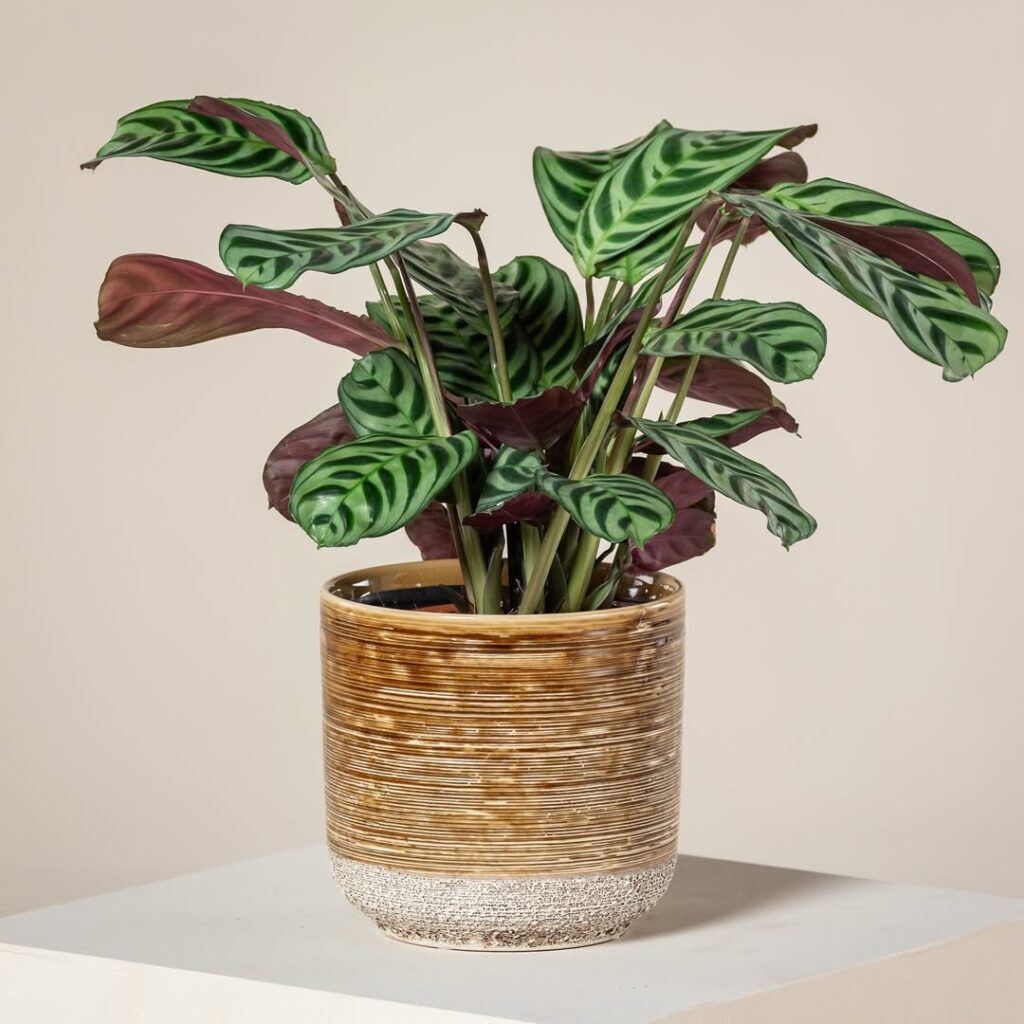
Calatheas are loved for their bold foliage and fascinating movements—leaves rise and fall with the daylight cycle. They flourish in indirect light and humid conditions, making them ideal for small apartments with controlled climates.
6. Maranta (Red Prayer Plant)
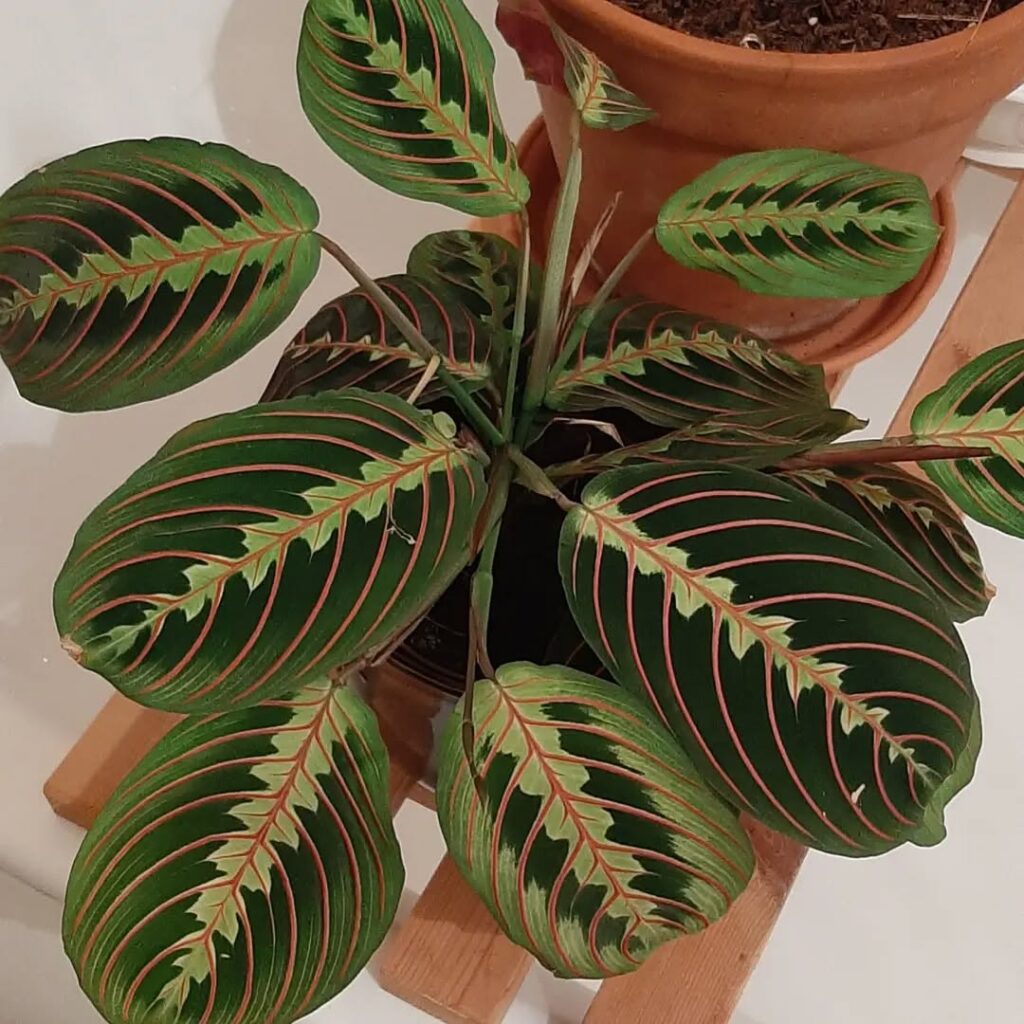
Similar to Calatheas but easier to care for, Maranta leuconeura showcases mesmerizing red-veined leaves. It’s compact and thrives in moderate humidity, making it a great tabletop plant.
7. Snake Plant ‘Sansevieria Hahnii’
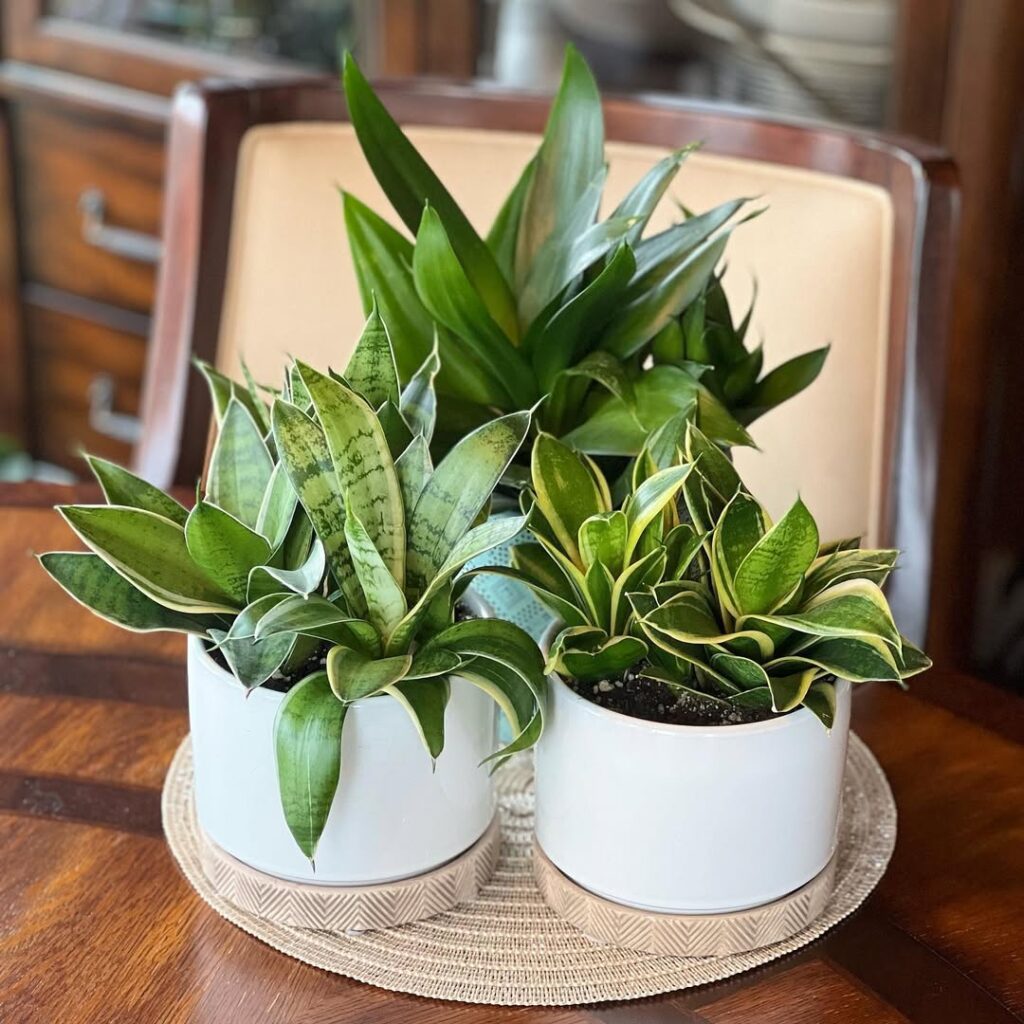
This compact snake plant, also called Bird’s Nest Snake Plant, has short, rosette-shaped leaves that stay neat and manageable. It’s incredibly low-maintenance, tolerating low light and requiring infrequent watering while purifying the air.
8. Spider Plant (Chlorophytum comosum)
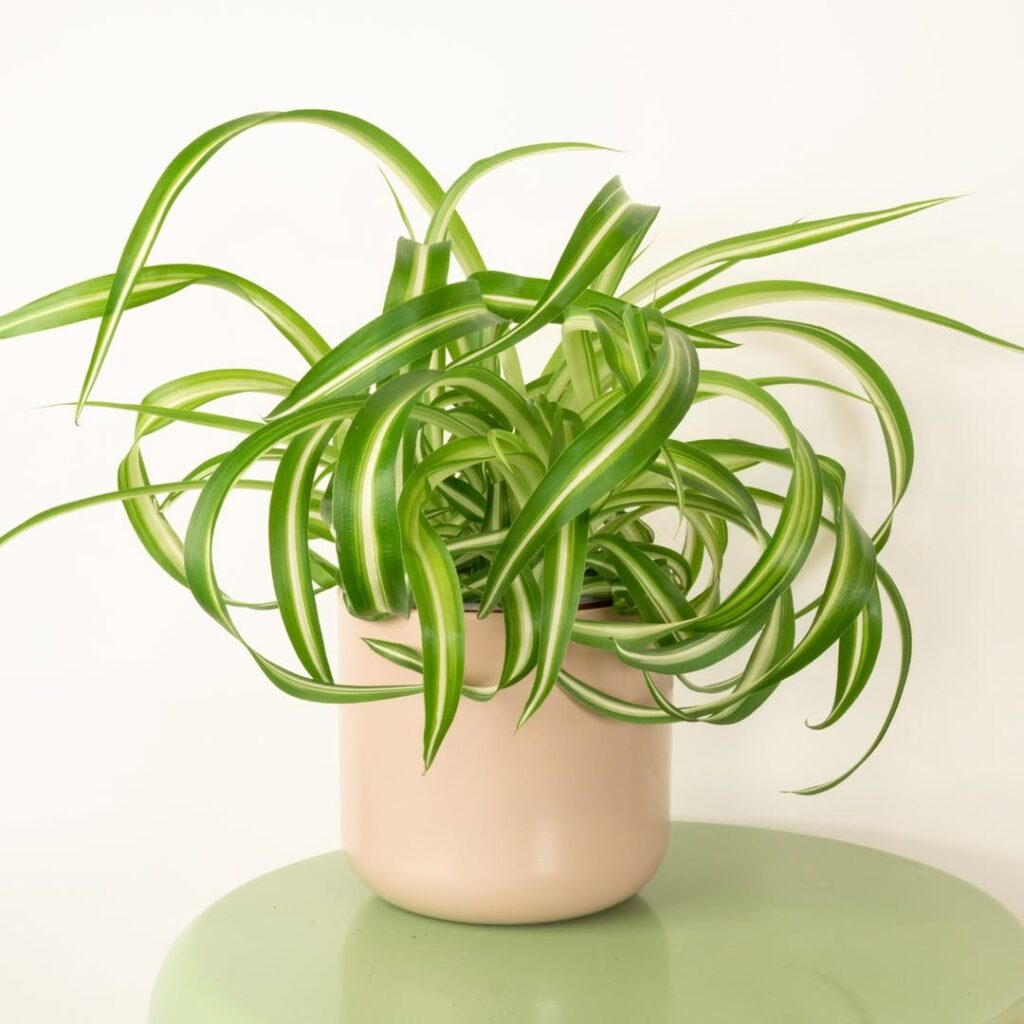
One of the easiest houseplants to grow, the Spider Plant is compact but lively, with arching green-and-white leaves. It adapts to various light conditions and is fantastic for air purification.
9. Ponytail Palm (Beaucarnea recurvata)
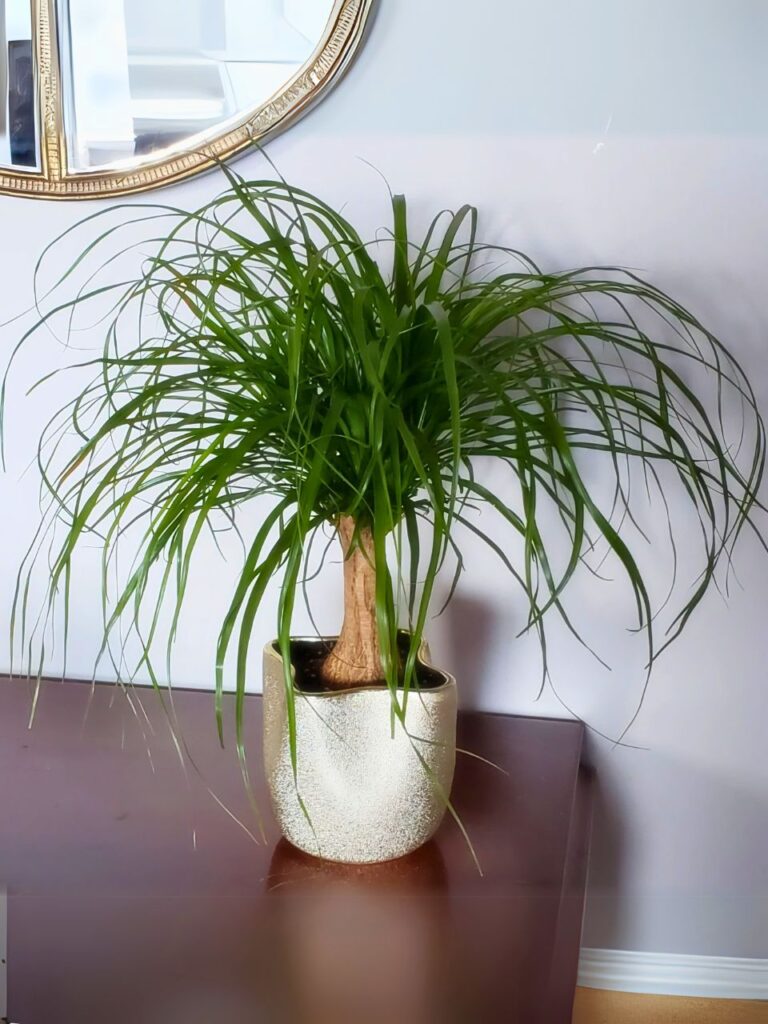
Despite its name, the Ponytail Palm is not a true palm but rather a drought-tolerant, slow-growing plant that remains compact. Its long, cascading leaves give it a unique look, while its bulbous base stores water, making it low-maintenance and perfect for small apartments.
10. Bird’s Nest Fern (Asplenium nidus)
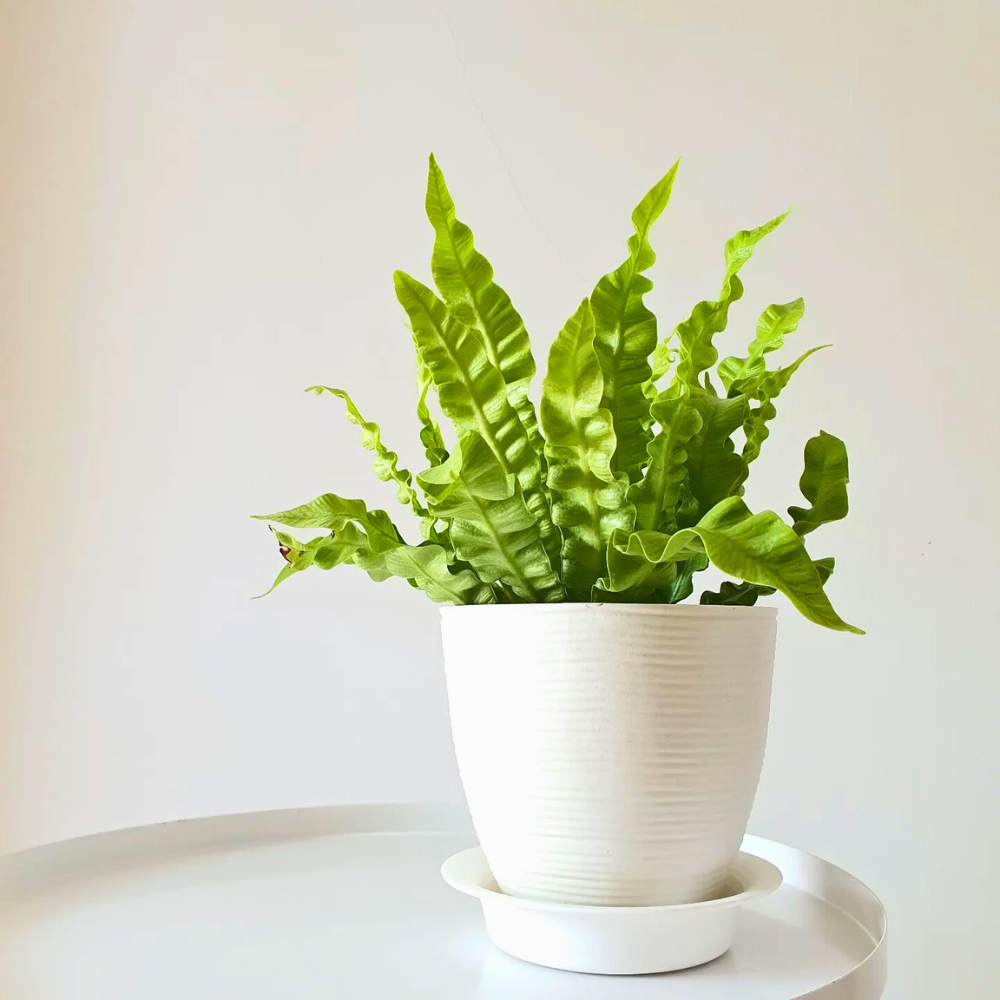
A fantastic pick for small apartments, the Bird’s Nest Fern has wavy, lush foliage that adds an elegant touch to any space. Unlike many ferns, it tolerates lower humidity and grows in a neat, non-trailing shape.
11. Hoya
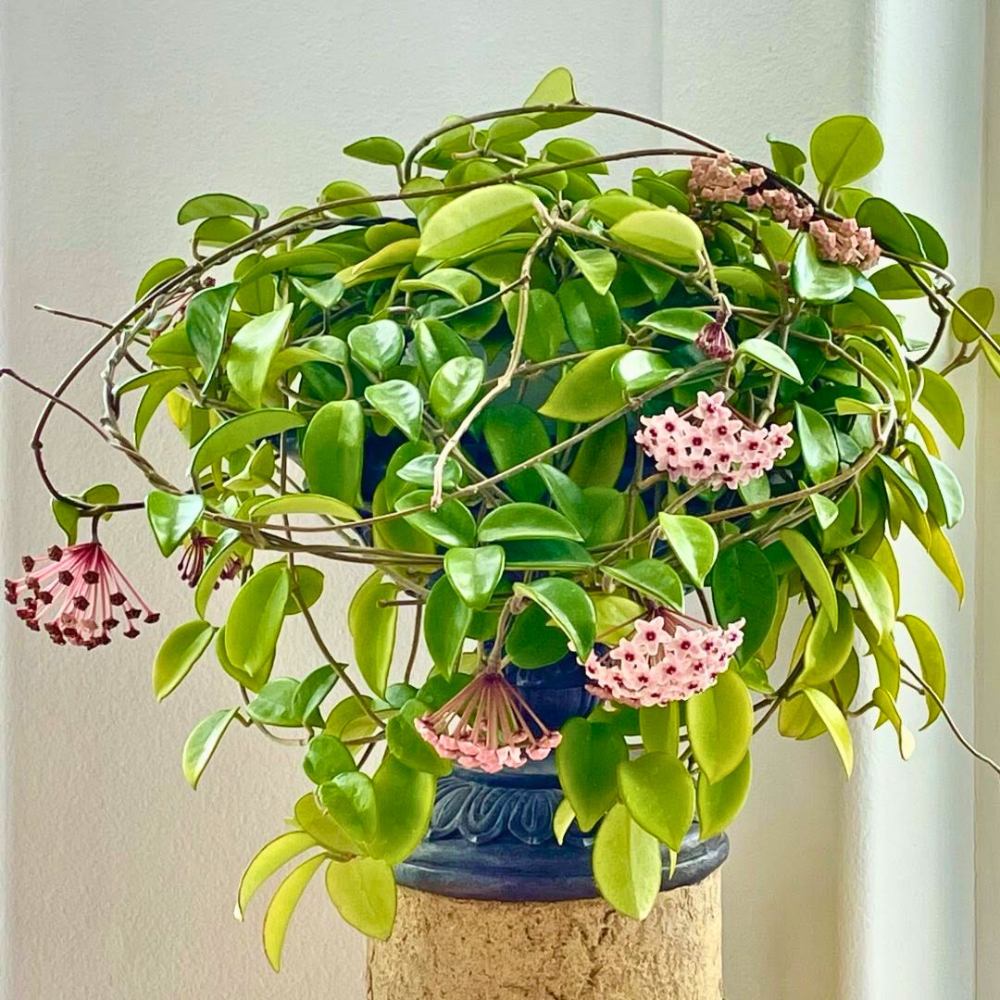
Hoya varieties are beautiful trailing plants with waxy leaves and fragrant, star-shaped flowers. They’re low-maintenance, tolerating low water and light, making them perfect for apartment dwellers.
12. Aglaonema (Chinese Evergreen)
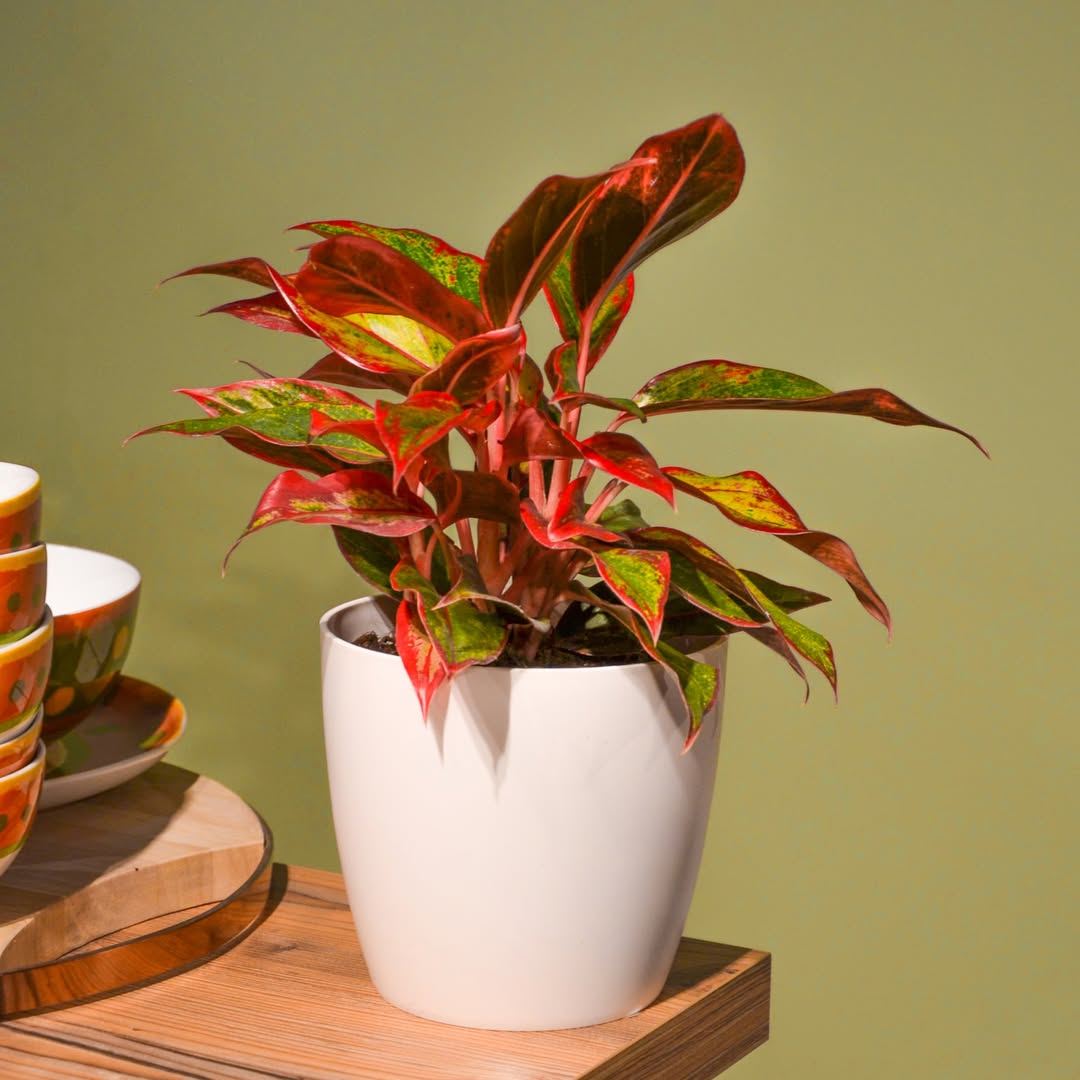
Aglaonema is a resilient, adaptable houseplant known for its stunning, variegated foliage. Thriving in low to moderate light, it requires minimal care and comes in an array of colors and patterns that enhance any indoor setting.
13. Gasteria
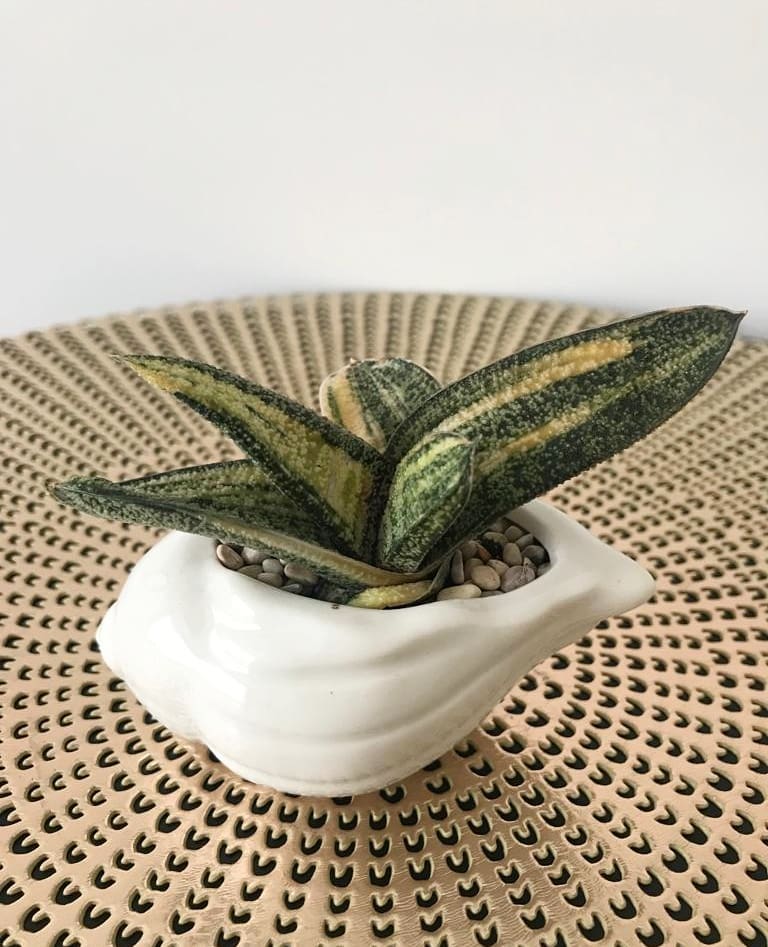
This lesser-known succulent is compact, slow-growing, and highly resilient. It has thick, speckled leaves arranged in a rosette, making it ideal for small spaces or desktops without taking up much room.
14. Kalanchoe
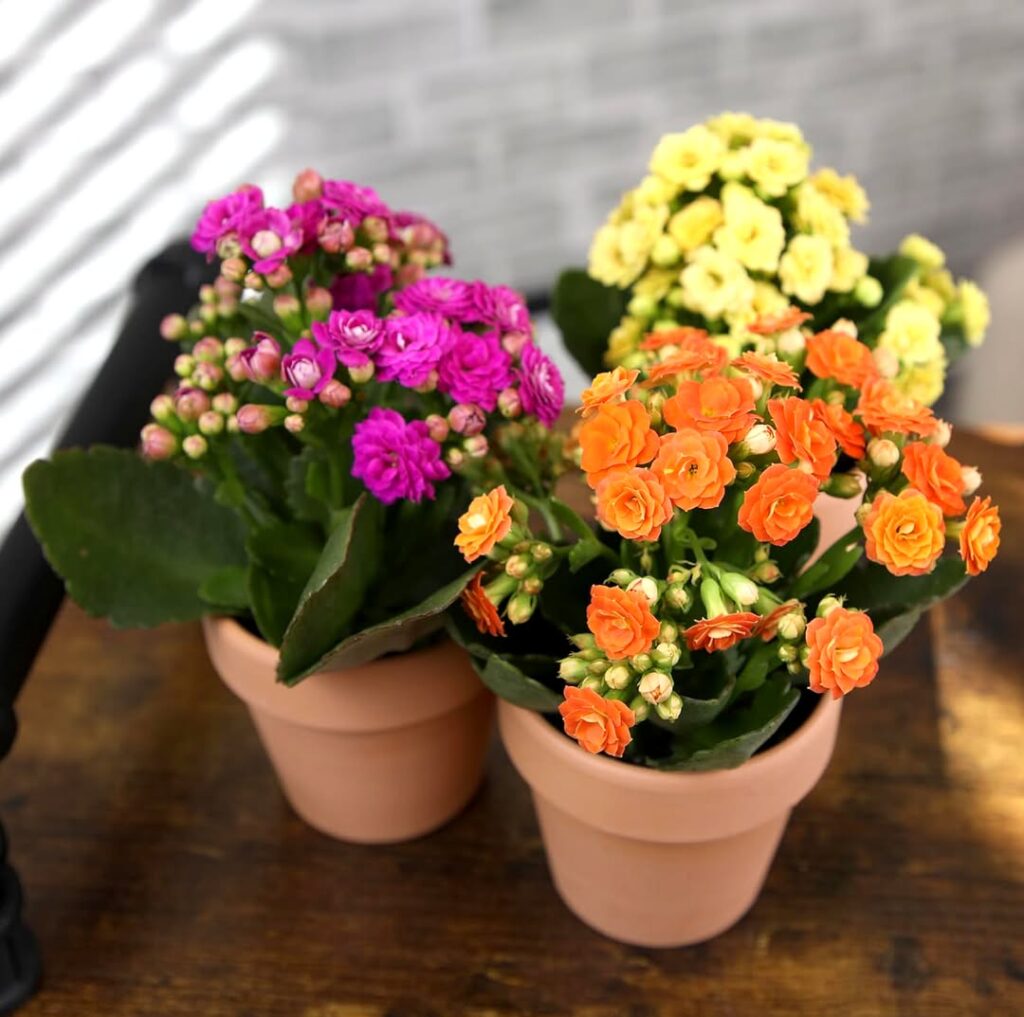
A delightful compact succulent, Kalanchoe features thick, glossy leaves and vibrant clusters of long-lasting flowers in shades of red, yellow, pink, and orange. It thrives in bright, indirect light and requires minimal watering, making it an excellent choice for small apartments.
15. Air Plants (Tillandsia)
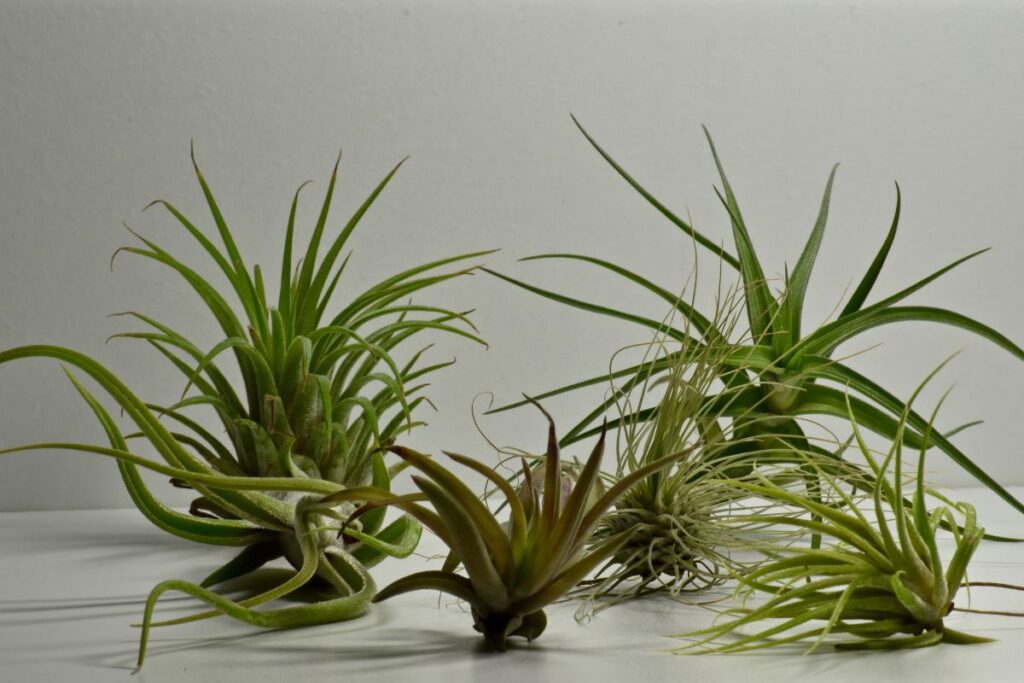
For zero soil and minimal space requirements, air plants are unbeatable. They thrive with just occasional misting and look stunning in creative displays like hanging globes or mounted frames.
Final Thoughts
With these compact plant choices, anyone can enjoy greenery even in a tiny apartment. Whether you prefer trailing succulents, tropical foliage, or flowering varieties, there’s a perfect plant for every corner.
